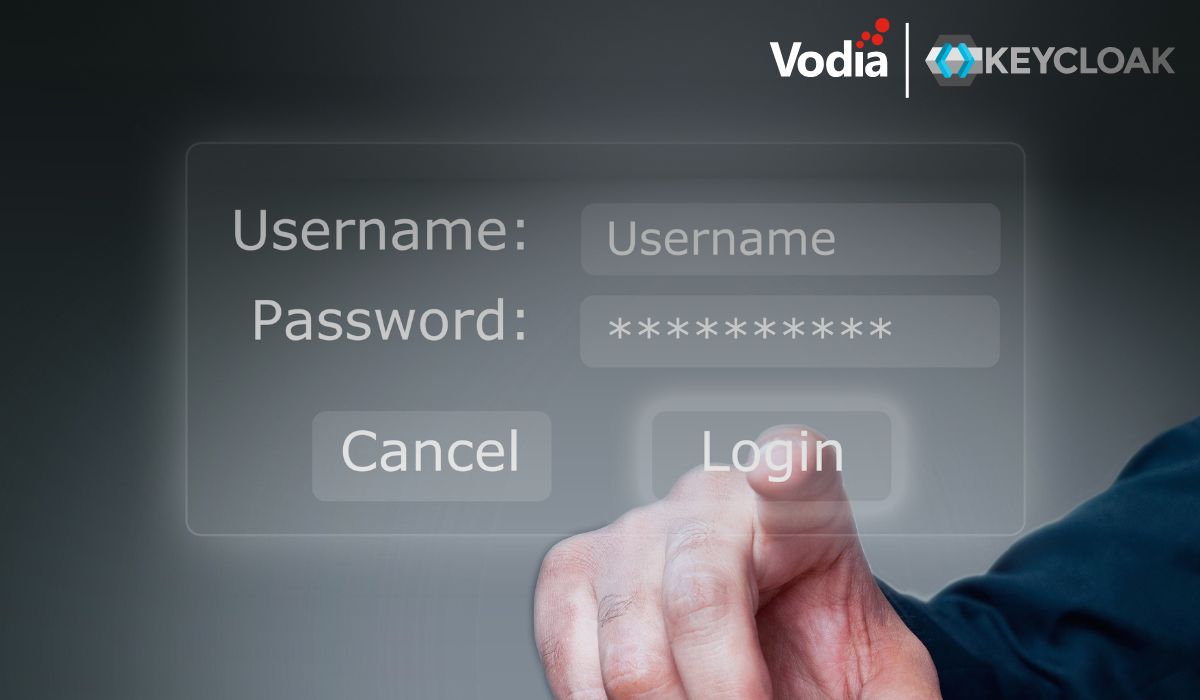Hosted PBX has a lot of advantages compared to running the PBX locally. When it comes to paging phones in the LAN, however, multicast is still the best way to achieve this: instead of sending an audio stream to each and every phone, the PBX just sends out a single multicast stream that addresses all phones that should be playing back the audio stream. This works well in the LAN, but it almost never works in the hosted PBX. Also, in large corporate networks, multicast packets usually don’t make it from the PBX to the phones.
There are several ways to address the problem. The first is to have the PBX send out a unicast stream to a device in the LAN that translates the stream into a multicast stream. This is a kind of routing functionality and could be achieved by tweaking iptables, so every incoming UDP packet on port so-and-so gets sent out to a multicast IP address. For those who are familiar with iptables and have a Linux host in the LAN anyway, this might be a viable solution.
For the rest of us, there are two more possible solutions. First, the snom phones, foremost the PA1, have a remarkable feature: instead of sending out the audio data on a speaker, the device may send the data out on a multicast stream. If you run the PA1 on premises and register it to the hosted PBX, you can send the paging call to one of the registered accounts. The device will then take care of the local multicast.
The other solution is to run a Vodia mini PBX locally. All you need to do is set up a trunk that registers with the PBX and sends all calls to a paging group. This group needs to operate in multicast mode. This solution has a few benefits compared to the solution with the PA1: first, the number of groups that can be set up this way isn't limited; second, the features to announce the paging can be used locally. You can even have the PBX record the call first and play back the recording after the call is recorded. This is very useful for situations where echo problems make paging difficult, or where there are so many pages going on they need to be lined up.
This actually works not only for Vodia hosted PBX but for practically all hosted PBX that support SIP registrations. Because paging uses only the basic SIP features, the interoperability is simple.
.svg)





